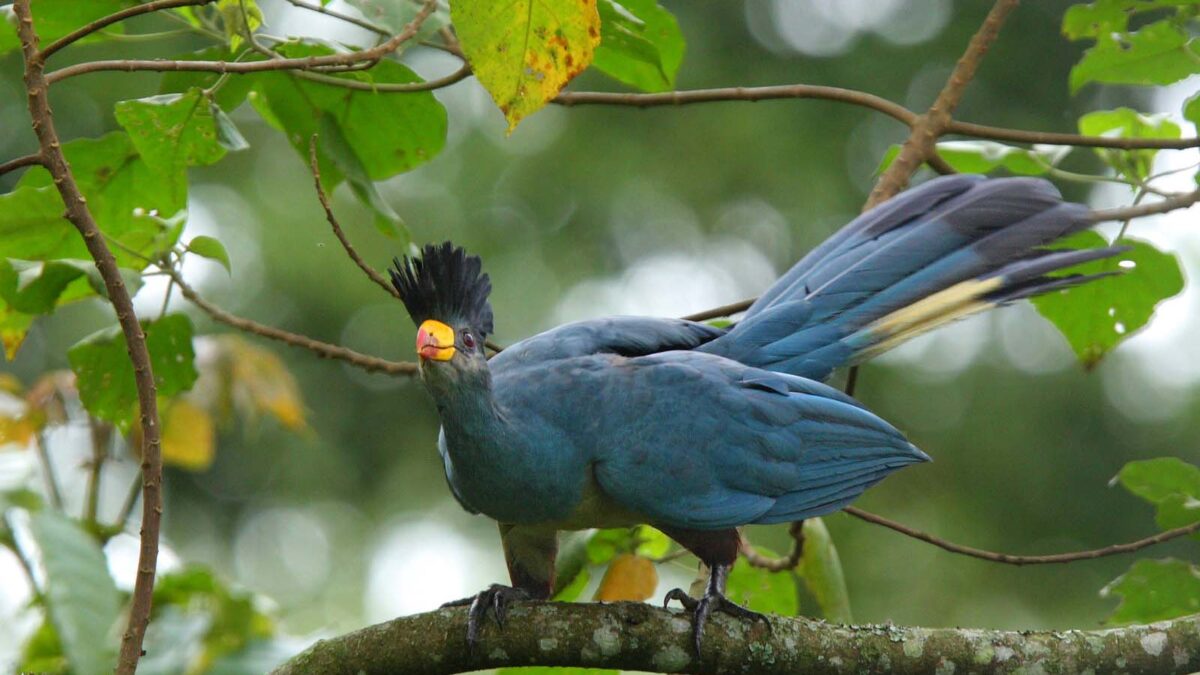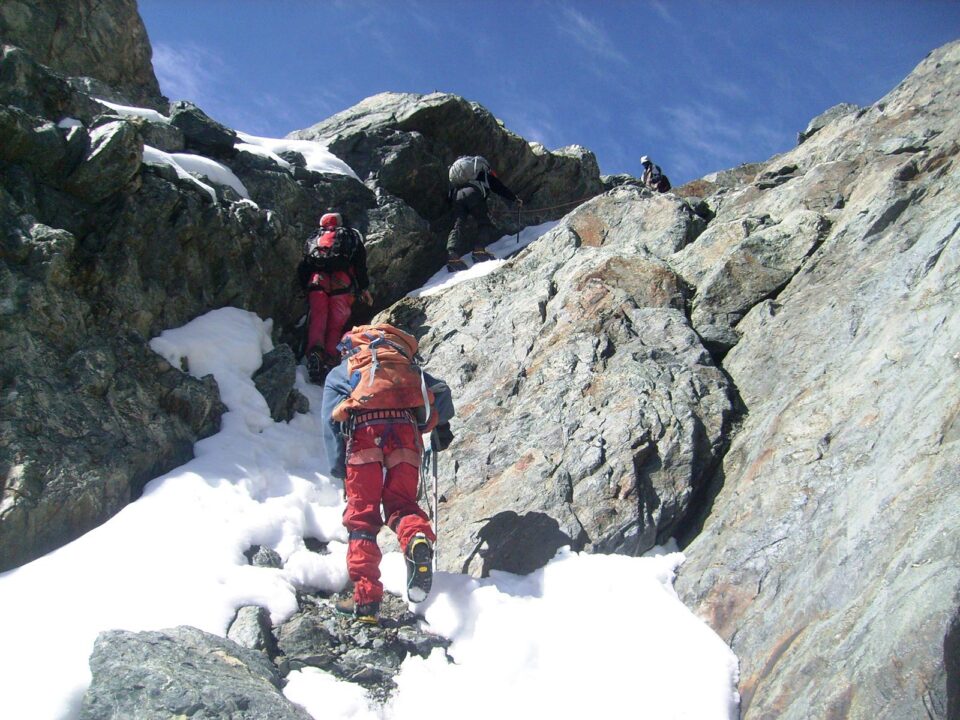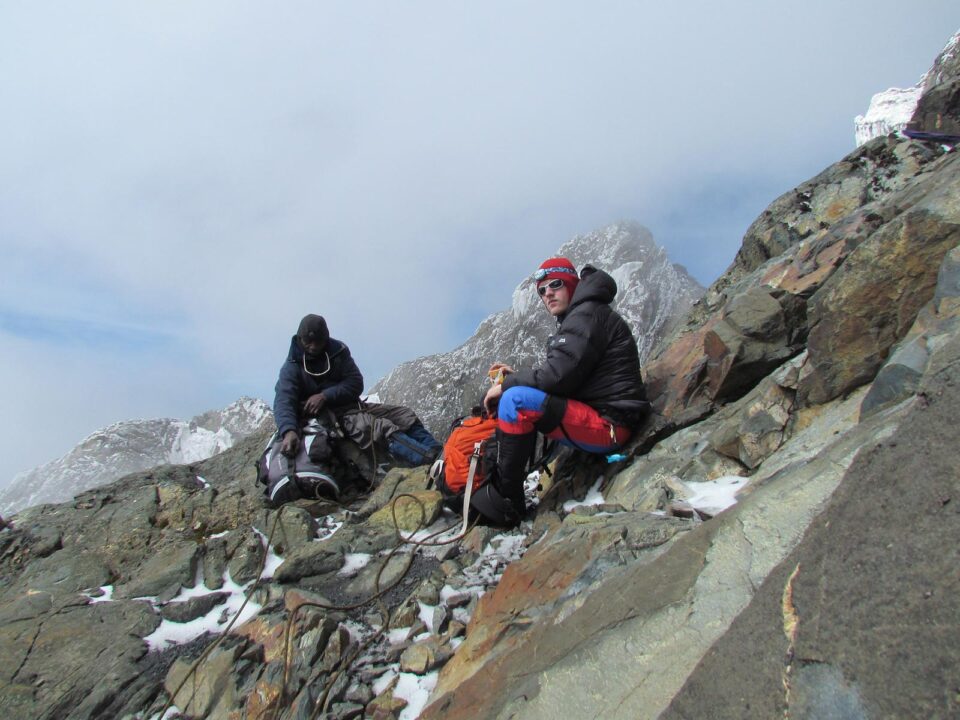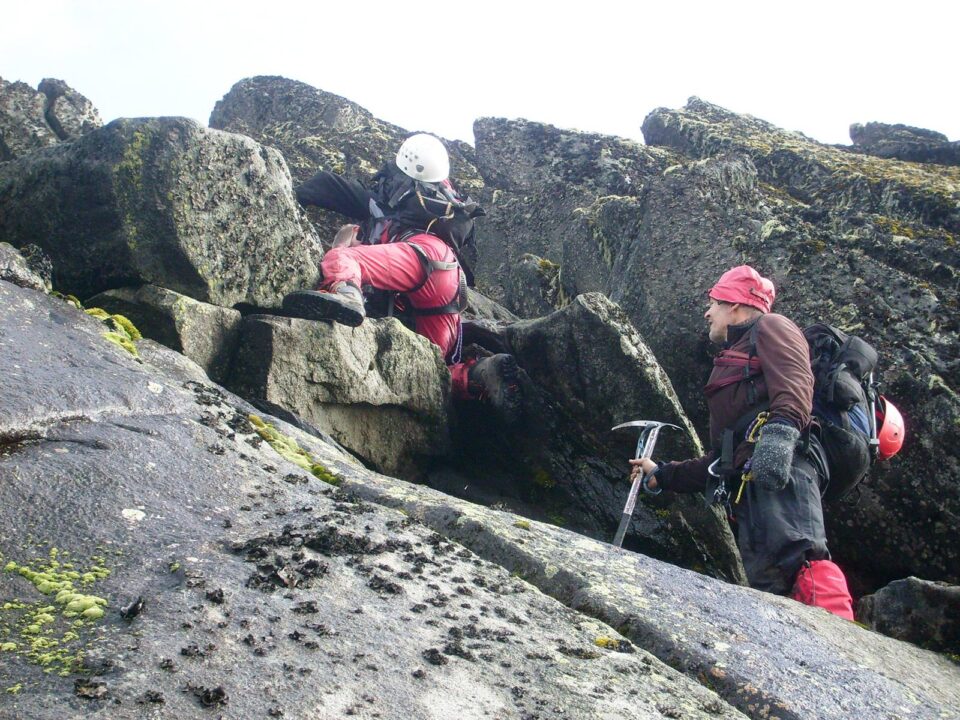
Best Time to Hike Rwenzori Mountains
September 12, 2023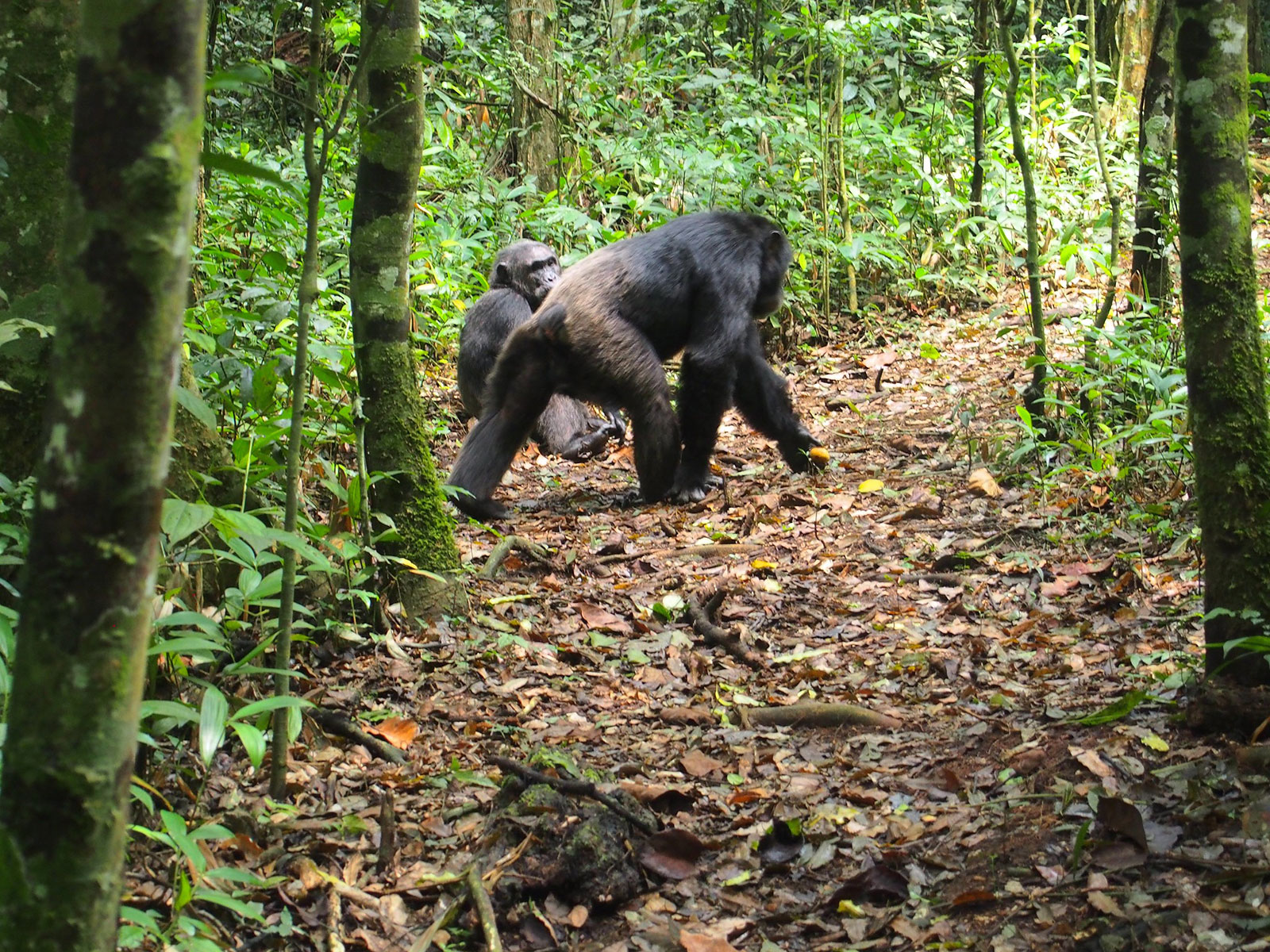
Activities and Attractions in Kibale Forest National Park
September 13, 2023Exploring the Rich World of Albertine Rift Endemics in Rwenzori National Park – Birding Safaris in Uganda
Albertine Rift Endemics in Rwenzori National Park — Rwenzori National Park, nestled within the Albertine Rift, is a breathtaking realm that showcases the remarkable biodiversity of Uganda. The Albertine Rift, a geographical region branching from the East African rift, extends from the northern shores of Lake Albert to the southern boundaries of Lake Tanganyika, traversing the territories of Uganda, the Democratic Republic of Congo, Rwanda, Burundi, and Tanzania. This region is a haven for birding enthusiasts, offering a chance to encounter an array of exquisite species, including the African Green Broadbill and Shelley’s Crimsonwing. Among the notable Albertine Rift endemics residing in this park are the Oberlander’s/Forest Ground Thrush, Sassi’s Olive Greenbul, Dusky Crimson-wing, Strange Weaver, Rwenzori Double-collared Sunbird, Regal Sunbird, Purple-breasted Sunbird, Blue-headed Sunbird, Rwenzori Batis, Yellow-eyed Black Flycatcher, Red-faced Woodland Warbler, Short-tailed/Neumann’s Warbler, Grauer’s Warbler, Grauer’s Rush Warbler, Collared Apalis, Montane Masked Apalis, Kivu Ground Thrush, Red-throated Alethe, Stripe-breasted Tit, Rwenzori Nightjar, Rwenzori Turaco, and Handsome Francolin.
Given the high altitudes of Rwenzori National Park, birders are advised to allocate ample time for their birding excursions. Spending extended hours in the forest may not be feasible, and the vertical terrain can be physically demanding, making it essential to plan your birdwatching activities thoughtfully.
The Wildlife Tapestry of Rwenzori National Park
While Rwenzori National Park is renowned for its avian wonders, its diverse ecosystems also support an array of wildlife species. The park is home to the Angola colobus, the black and white colobus, L’Hoest monkey, chimpanzees, forest elephants, hyrax, leopard, yellow-backed duiker, golden cat, genet, giant forest hog, and bushbuck. This rich tapestry of wildlife adds to the allure of the park, offering opportunities for additional wildlife encounters during your visit.
Selecting the Ideal Time for Your Journey
The timing of your visit to Mount Rwenzori National Park plays a pivotal role in shaping your experience. The park’s equatorial location results in varying weather patterns throughout the year. The eastern slopes of the park receive the highest rainfall amounts, with the rainy season extending from March to May and again from September to mid-December. For an optimal touring experience, consider planning your trip during the drier months, which span from June to August and from December to February. During these periods, rainfall is less frequent, ensuring more comfortable exploration of the park. The temperature in this area typically ranges from 5 to 20 degrees Celsius.
How to Get to Mount Rwenzori National Park
To reach Mount Rwenzori National Park, you’ll embark on a scenic journey that takes approximately five hours or more from Kampala. Travelers can opt for a 4-wheel-drive safari vehicle rental to ensure a comfortable and convenient trip. Alternatively, public transportation is available, although it may not provide the same level of comfort. Popular routes to access the park include the Kampala-Fort Portal or the Kampala-Mbarara-Queen Elizabeth routes. For a swifter journey, consider taking a flight from Kajjansi airfield, allowing you to seamlessly transition into the wonders of this mountainous paradise.
Accommodation Options in Mount Rwenzori National Park
Several accommodations await visitors in Mount Rwenzori National Park, promising not only a restful stay but also an opportunity to immerse yourself in the park’s unique ambiance. Some of the noteworthy options include:
- Hotel Margherita: Nestled at the mountain’s base, a short distance from Kasese town, this hotel offers comfortable lodging and a chance to experience the Rwenzori’s wonders beyond accommodation.
- The Rwenzori International Hotel: Located approximately 3 kilometers from Kasese airstrip, this establishment provides a range of accommodations, from executive self-contained rooms to single non-self-contained rooms and camping options.
- Kitara Lodge: Positioned about 16 kilometers from the Katunguru gate of Queen Elizabeth National Park, this eco-friendly lodge places a strong emphasis on environmental conservation and sustainability.
- The Equator Snow Lodge: Situated against the mountain’s backdrop, this lodge offers luxurious accommodations. Below the lodge, the roaring Mubuku River sets the scene, and the cottages are constructed using river rocks, making this a truly exceptional place to spend a night while on safari in the park.
- Tropical Savanna Guesthouse: Conveniently situated along the Mbarara-Kasese route within Kasese Town, this budget-friendly guesthouse is ideal for visitors seeking comfortable lodging while exploring Mount Rwenzori National Park.
Discovering the Optimal Time for Rwenzori National Park Exploration
While trekking in Mount Rwenzori National Park is possible year-round, it’s advisable to consider the seasons for the most favorable experience. The park’s unique charm can be enjoyed at any time of the year, but the dry season, from June to August and between December to February, offers the most pleasant conditions for your journey. Plan your visit wisely to make the most of your exploration and birding safaris in this remarkable Ugandan destination. Contact Trek Africa Expeditions to embark on a captivating journey to encounter the Albertine Rift endemics in Uganda’s Rwenzori National Park.

